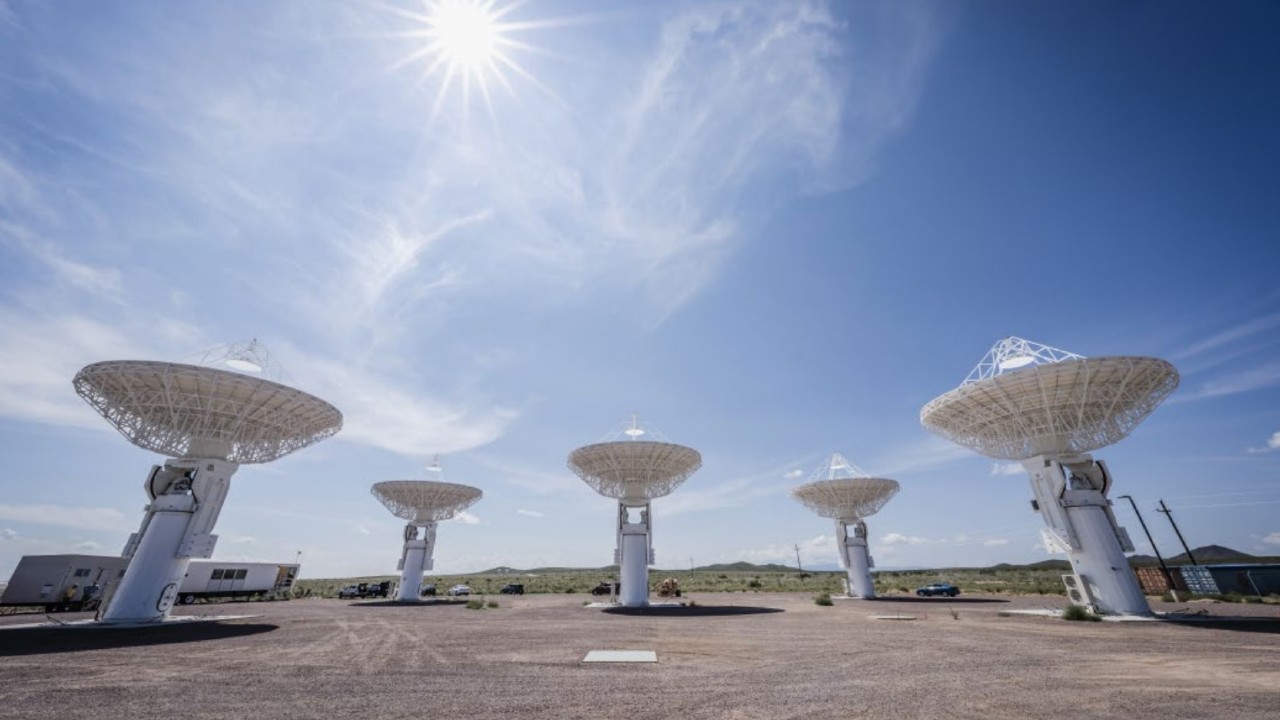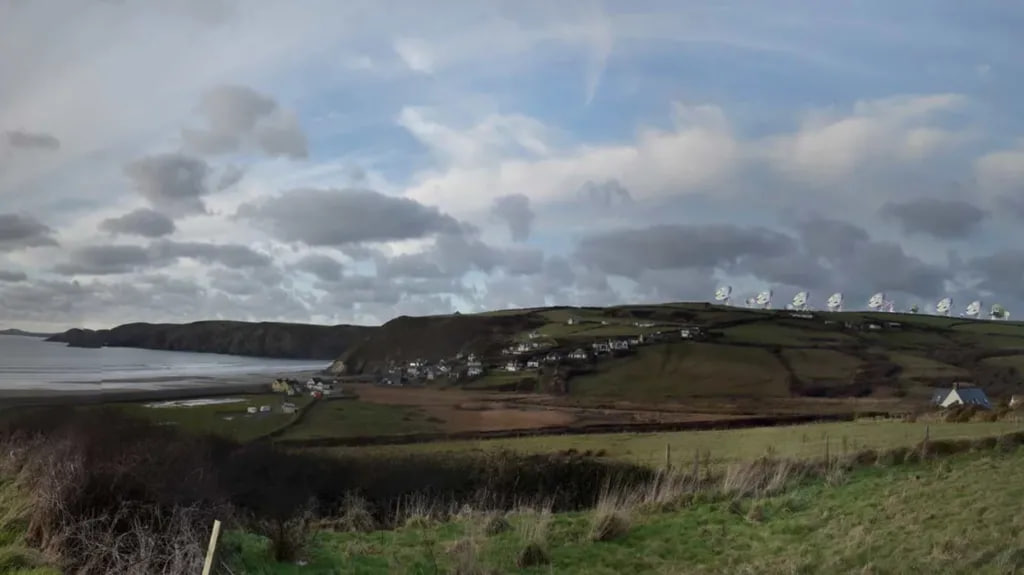Locals Concerned Over Space Security Radars Near Pembrokeshire Coast National Park
12th Jun 2024
A group of local residents started a campaign against plans to build 27 space radars (DARC) at the old RAF Brawdy site near Pembrokeshire Coast National Park. The campaigners want the UK government to stop the plans.
What Is DARC?
Deep Space Advanced Radar Capability, or DARC, is a new system for monitoring what’s happening in the geosynchronous orbit, the most distant areas where satellites can be located.
DARC will offer 24-hour, all-weather radar coverage worldwide for the three nations. The proposed radars, which stand taller than four double-decker buses, can detect an object as small as a football in space.
As Defence Secretary Grant Shapps said, the system would be “constantly tracking threats” and could help the UK protect itself from “space warfare”.
The proposed site is located on one of the most western points of the UK mainland. The Ministry of Defence (MoD) had previously stated that the radar network would benefit from “unique geographic positioning” for global monitoring and coverage.
The site is currently used by the 14 Signal Regiment, the British Army’s electronic warfare unit. It is scheduled to relocate from Cawdor Barracks starting in 2028. The Ministry of Defence (MoD) mentioned that constructing the radars at the site will create 100 long-term jobs.
Why Is Building DARC Crucial For UK Defence?
The Ministry of Defence (MoD) previously stated that the new radar capability could make space “safer and more secure” due to growing concerns about congestion, competition, and a potential arms race in space.
Additionally, this seems even more relevant given Russia’s deployment of a space weapon near an American satellite or its Cosmos 2553 programme, which could be a testbed for the Russian anti-satellite programme. These steps from the Russian government raise concerns as such actions pose a threat to the national security of the United Kingdom, USA, and European countries.
Space radar plan near national park ‘unacceptable’, according to locals
The campaigners argue that the plans to construct 27 radar dishes overlooking the UK’s only coastal national park are “unacceptable”, BBC reports. They are also concerned that constructing the DARC site in Pembrokeshire could harm the area.
“I’d also want an assurance that local people would be prioritised to have these jobs and see how it affects the landscape,” said Mark Carter, who represents the local Solva ward on Pembrokeshire council.
“It’s a threat to the local community, but it’s also a threat to Wales and to the world,” noticed Jill Evans of the campaign for nuclear disarmament in Wales. “It’s an attempt to control things happening in space, and that’s not something we want Wales to play a part in. We want to build Wales as a nation of peace. It’s unacceptable.”
Among other activists’ arguments against building radars is their effect on the economy and tourism of the region.

“If you stand on a headland in Solva, you can see Brawdy, and you’ll definitely be able to see the radar,” said campaigner Roy Jones. “They’re 20 metres tall. St Davids is highly dependent on tourism. It’s going to affect the economy greatly.”
The group will host a public meeting later this month and is organizing several peaceful protests against the plans.
What Do The Officials Say About Protests?
Pembrokeshire Council and the Pembrokeshire Coast National Park Authority declined to comment on the situation at this stage. The Ministry of Defence (MoD) couldn’t comment due to the election.
Security Agreement Details
Last year, the UK, the US, and Australia signed a security pact to build a system capable of identifying potential “targets” up to 22,000 miles (36,000 km) from Earth, where many military satellites are located. This project is known as AUKUS.
Due to the agreement, the first radar site will be constructed in Australia. It is expected to be operational by 2026. Another site will be built in the US, while the UK site is planned for Cawdor Barracks near St Davids and is likely to be operational by 2030.
However, the final decision on the DARC radars depends on the outcome of an environmental impact assessment and a planning application to the Pembrokeshire Council.






Thank you for your comment! It will be visible on the site after moderation.